Production of Australian-made cars hit a 61-year low in 2014 as the market experienced its biggest slowdown since the GFC in 2009 and tsunami in 2011.
Production of locally-made vehicles hit a 61-year low last year as new-car sales experienced their biggest slowdown since the Global Financial Crisis in 2009 and the natural disasters of 2011 -- as Australians treated themselves to a record number of imports, SUVs and luxury cars.
Official figures from the Federal Chamber of Automotive Industries show 1,113,224 new cars were reported as sold in 2014 -- down 2 per cent compared with the previous year’s record 1,136,227 deliveries.
Eight of the Top 10 brands were down -- only Hyundai and Subaru posted gains -- as most luxury marques posted significant sales increases.
“The prices of luxury cars have come down … and they have a wider array of vehicles in different segments, so they’re starting to drift down into areas where they weren’t historically,” said the chief executive of the Federal Chamber of Automotive Industries, Tony Weber.
“Australia is now in its 23rd year of economic growth … it makes a a difference to people’s standard of living and that’s reflected in the car fleet,” said Mr Weber.
It was the seventh time in the past eight years Australians have bought more than 1 million cars in a calendar year, and the third year in a row it has topped the 1.1 million mark.
However record-low interest rates and car affordability at a 38-year high were not enough to drive sales growth for the mainstream brands -- even though the strong Australian dollar wound back prices of popular models by 20 years.
The Toyota Corolla -- starting at $19,990 plus on-road costs, the same price it was in 1994 -- was Australia’s top-selling car for the second year in a row ahead of the Mazda3 as sales of our historical favourites, the Holden Commodore and Ford Falcon, hit a new rock bottom.
Just 100,468 locally-made Holdens, Fords and Toyotas were sold in 2014; the last time the tally was this low was in 1953 when 99,133 vehicles were made in Australia.
Just 100,468 locally-made Holdens, Fords and Toyotas were sold in 2014; the last time the tally was this low was in 1953 when 99,133 vehicles were made in Australia, according to a historical Manufacturing Industries report prepared by the Australian Bureau of Statistics.
The same report shows, at its peak, the Australian car manufacturing industry produced 473,045 vehicles in 1976.
Between 1968 and 1985 the annual average number of vehicles produced locally exceeded 400,000.
However, the Australian car manufacturing industry has been in free fall since the most recent peak of 344,000 vehicles were produced locally just seven years ago, in 2007.
In 1960, more than 90 per cent of cars sold in Australia were made locally. In 2005, locally made vehicles accounted for one in four (25 per cent) of all new cars sold. In 2014, less than one in 10 cars (or 9 per cent) was built locally.
Falcon sales fell to a shockingly low 6349 deliveries in 2014, less than one-third of the Falcon’s first full year in production on the same Broadmeadows assembly line in 1960 when 26,499 cars were made.
The Ford Falcon, last the top-seller in 1995, is now well outside the Top 20, overtaken by the likes of the Volkswagen Golf and a raft of other imports.
Ford as a brand had a shocker, posting its worst sales in more than 23 years (as far as digital records go back ) and the 10th year in a row in decline.
The Holden Commodore posted its second lowest result on record (30,203 deliveries) but still managed to finish in fifth place even though it has been in a sales slide for the past six months in a row and Holden posted its lowest result in 21 years.
Sales of the Holden Cruze, which is made alongside the Commodore at the Holden factory in Elizabeth, are barely half their peak of 33,784 deliveries in 2011.
The locally-made Toyota Camry also found market conditions tough, with sales down 11 per cent to 22,044 deliveries -- despite drive-away deals at $26,990, about $8000 off the full retail price -- although it has remained Australia’s best selling medium-size sedan for 21 years.
Despite the factory slowdowns Australia’s three remaining car manufacturers say they will keep their factories open until their planned shutdown dates: October 2016 for Ford and late 2017 for Holden and Toyota.
Toyota is in the final stages of upgrading its Altona factory to introduce the updated Camry by the middle of this year, two-thirds of which will be exported to the Middle East until the closure.
Toyota was the market leader for a record 12th year in a row – ahead of Mazda -- and 18 years in total. But it wasn’t all good news for the Japanese giant; Toyota sales were down for the third year in a row, to 203,498 deliveries, a significant drop from its peak of 238,983 new cars in 2008.
Toyota says it will bounce back in 2015 with 10 new models over the next 12 months, including updates to the Camry, Prius and an all-new HiLux.
Hyundai eclipsed the 100,000 mark for the first time and Mercedes-Benz came within 1000 sales of bumping off Honda and making it into the Top 10. Indeed, at least three brands -- Jeep, Kia and Mercedes-Benz -- came close to pushing into the Top 10 sellers list.
NSW was the only state or territory to post a sales gain in a down market (up 1.5 per cent) and accounted for almost a third of the nation’s new vehicle sales (356,174).
Utility vehicles continued to climb the sales ladder, boosted by mining and building sectors and the arrival of more car-like workhorses that serve as family cars on weekends.
The Toyota HiLux was Australia’s top-selling pick-up for the 36th year in a row, although the Ford Ranger closed the gap to second place in the ute class ahead of the Mitsubishi Triton.
The Toyota HiLux was Australia’s top-selling pick-up for the 36th year in a row, although the Ford Ranger closed the gap to second place in the ute class ahead of the Mitsubishi Triton. All three vehicles made it into the Top 10.
Australia’s favourite SUV is a city-friendly faux-wheel-drive called the Mazda CX-5, which signifies another change in buyer tastes: we no longer need heavy duty four-wheel-drives to enjoy the great outdoors.
SUV sales hit an all-time high in 2014 and for the first time accounted for more than 30 per cent of the new-car market.
“The increase in SUV purchases is a reflection of the versatility these vehicles provide and the increasing range available in the market,” said Mr Weber.
Last year Australians bought 100,000 fewer passenger cars than they did in the peak year of 2007 -- and yet over the same period SUV sales have grown by more than 150,000 vehicles.
Eight years ago passenger cars accounted for more than 60 per cent of the market; over the past two years they have slipped below 50 per cent.
Industry experts believe the shift towards SUVs will continue in 2015 and forecast a similar sales result of 1.1 million vehicles.
Mazda and Toyota have just announced price adjustments ahead of the Free Trade Agreement with Japan which comes into force on January 15, 2015.
However, rather than discount prices, both car makers have indicated they will add equipment.
The removal of the 5 per cent tariff will not equate to a 5 per cent reduction in the RRP; the 5 per cent cut applies to the landed cost of the car and will typically translate to a $500 saving -- or $500 of extra equipment -- on a $20,000 car, according to industry insiders.
Cars sourced from South Korea landed have also been exempt from a 5 per cent tariff from December 15, 2014 -- but Holden (which sources most models from South Korea), Hyundai and Kia are yet to announce FTA-related price cuts or equipment changes.
Top 10 cars in 2014
Toyota Corolla 43,735 -- up 0.5 per cent
Mazda3 43,313 -- up 2.9 per cent
Toyota HiLux 38,126 -- down 4.5 per cent
Hyundai i30 31,505 -- up 3.0 per cent
Holden Commodore 30,203 -- up 8.8 per cent
Ford Ranger 26,619 -- up 22.3 per cent
Mitsubishi Triton 24,256 -- down 1.0 per cent
Toyota Camry -- 22,044 down 11.3 per cent
Mazda CX-5 21,571 -- up 7.2 per cent
Volkswagen Golf 19,545 -- up 10.6 per cent
Top 10 brands in 2014
Toyota 203,501 -- down 5.2 per cent
Holden 106,092 -- down 5.3 per cent
Mazda 100,704 -- down 2.4 per cent
Hyundai 100,011 -- up 3.1 per cent
Ford 79,703 -- down 8.6 per cent
Mitsubishi 68,637 -- down 4.0 per cent
Nissan 66,025 -- down 14.0 per cent
Volkswagen 54,801 -- down 0.2 per cent
Subaru 40,502 -- up 0.8 per cent
Honda 32,998 -- down 15.9 per cent
Winners
Alfa Romeo -- up 5.3 per cent
Aston Martin -- up 8.1 per cent
Audi -- up 20.1 per cent
Bentley -- up 11.6 per cent
BMW -- up 10.7 per cent
Citroen -- up 10.8 per cent
Ferrari -- up 6.6 per cent
Fiat -- up 49.4 per cent
Hyundai -- up 3.1 per cent
Isuzu -- up 63 per cent
Jaguar -- up 5.6 per cent
Jeep -- up 37.2 per cent
Land Rover -- up 21.0 per cent
Lexus -- up 1.2 per cent
Maserati -- up 199 per cent
Mercedes-Benz -- up 15.8 per cent
Mini -- up 1.4 per cent
Porsche -- up 47.6 per cent
Renault -- up 42.7 per cent
Rolls-Royce -- up 143 per cent
Skoda -- up 8.4 per cent
Subaru -- up 0.8 per cent
Losers
Ford -- down 8.6 per cent
Great Wall -- down 56.8 per cent
Holden -- down 5.3 per cent
Honda -- down 15.9 per cent
Kia -- down 6.0 per cent
Lamborghini -- down 42.6 per cent
Lotus -- down 14.1 per cent
Mazda -- down 2.4 per cent
Mitsubishi -- down 4.0 per cent
Nissan -- down 14.0 per cent
Peugeot -- down 0.4 per cent
Suzuki -- down 21.1 per cent
Toyota -- down 5.2 per cent
Volkswagen -- down 0.2 per cent
Volvo -- down 9.3 per cent
Australia versus the world: a generation of decline
1960: 284,992 of 310,519 = 91.7 per cent locally made cars
2005: 248,912 of 988,269 = 25 per cent locally made cars
2006: 201,623 of 962,666 = 20.9 per cent locally made cars
2007: 200,485 of 1,049,982 = 19 per cent locally made cars
2008: 171,432 of 1,012,164 = 16.9 per cent locally made cars
2009: 147,680 of 937,328 = 15.7 per cent locally made cars
2010: 146,314 of 1,035,574 = 14.1 per cent locally made cars
2011: 141,939 of 1,008,437 = 14.0 per cent locally made cars
2012: 139,796 of 1,112,032 = 12.5 per cent locally made cars
2013: 118,510 of 1,136,227 = 10.4 per cent locally made cars
2014: 100,468 of 1,113,224 = 9.0 per cent locally made cars
Source: Federal Chamber of Automotive Industries


.jpg)
.jpg)





.jpg)
.jpg)
.jpg)

.jpg)
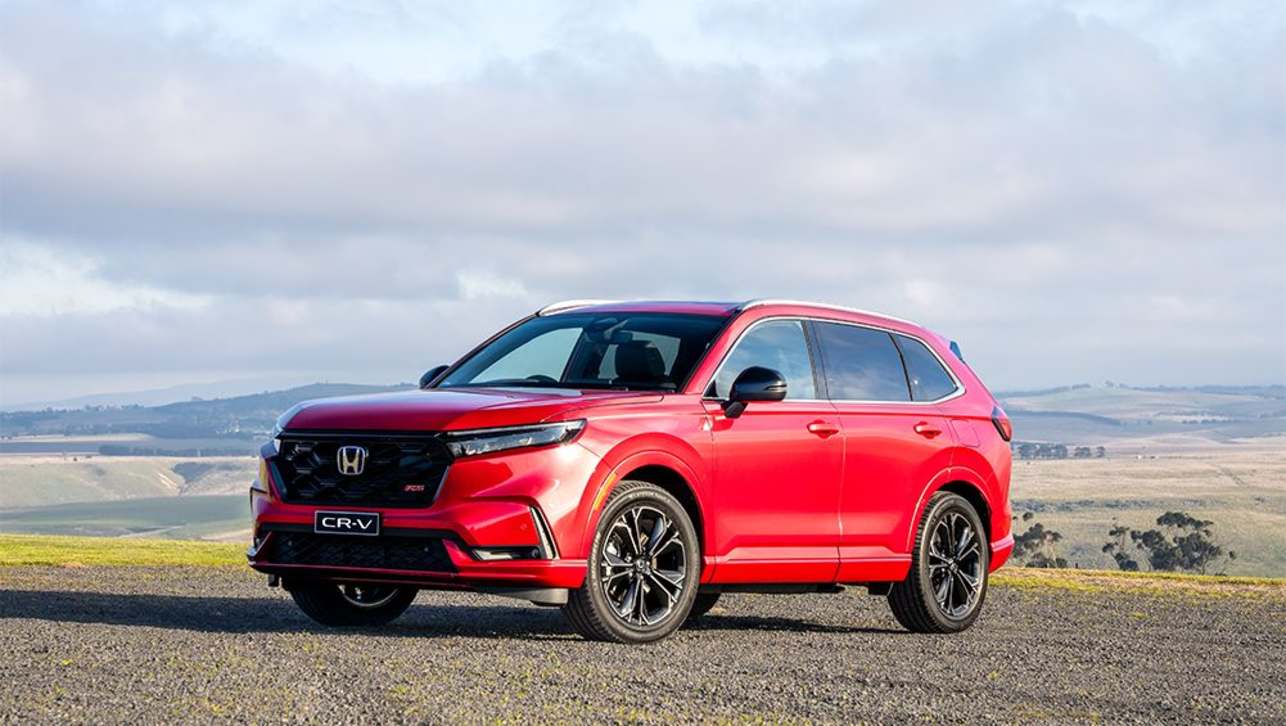

.jpg)
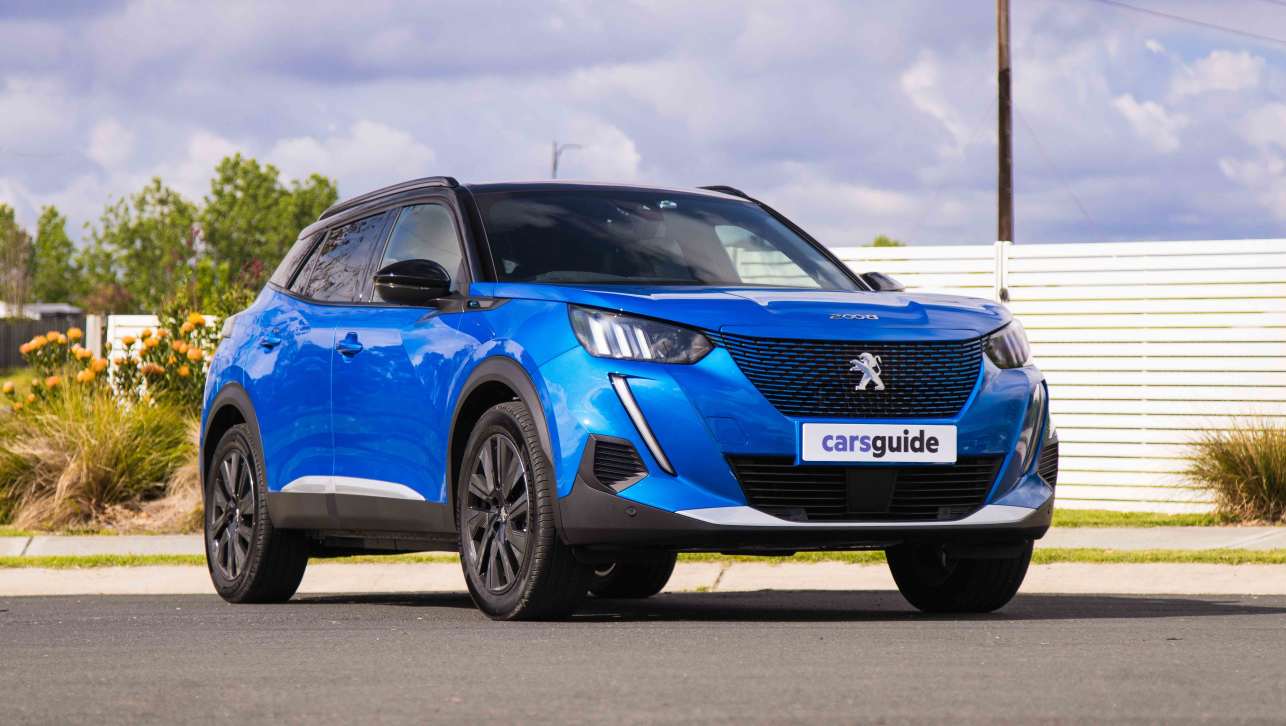

.jpg)

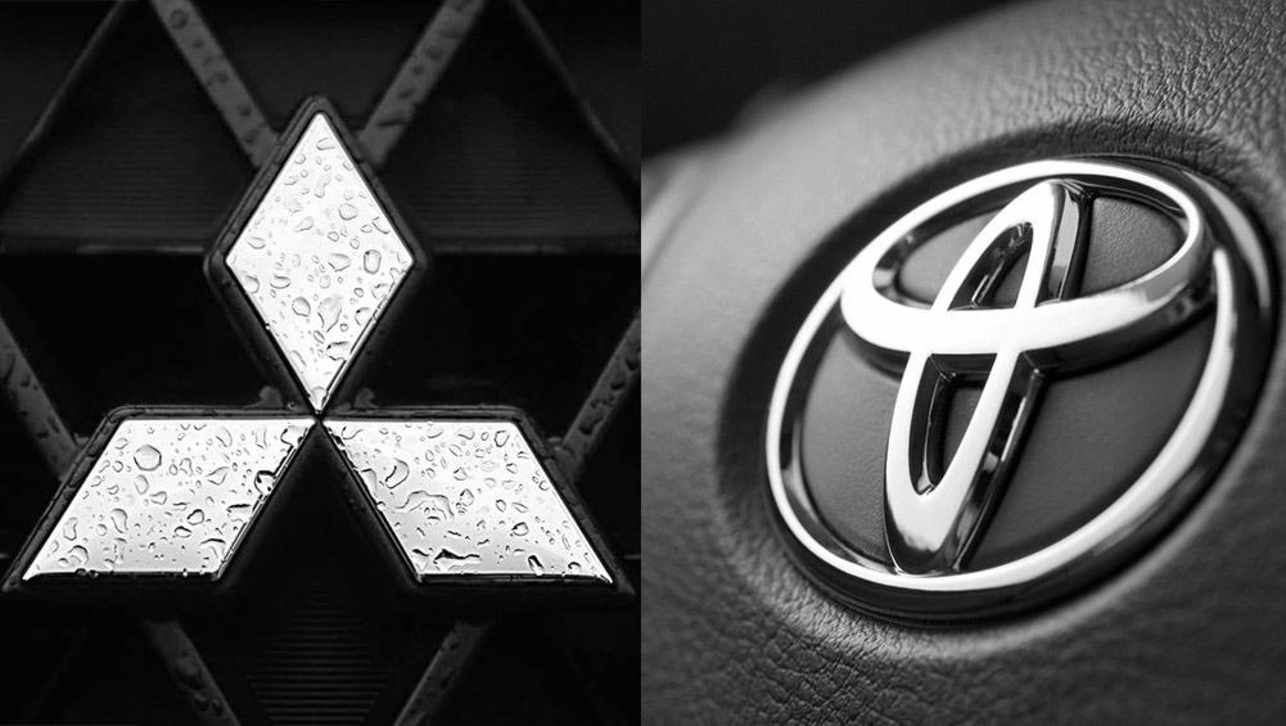
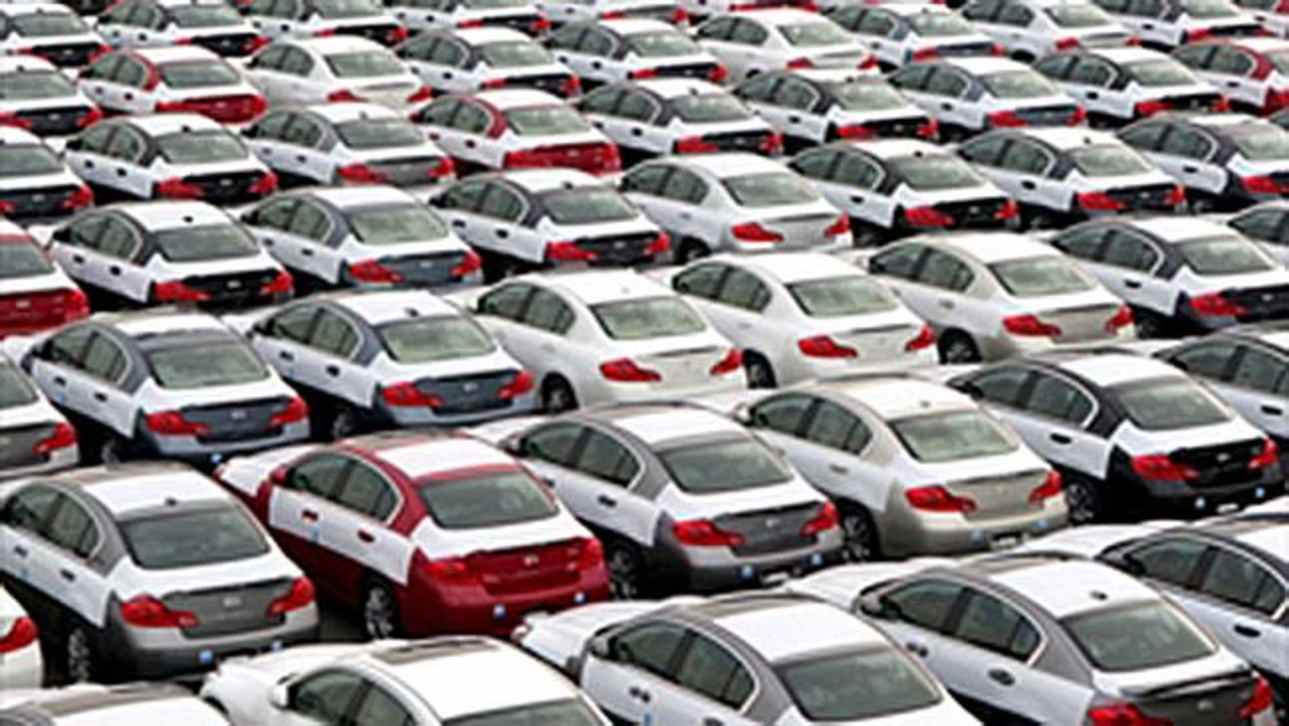

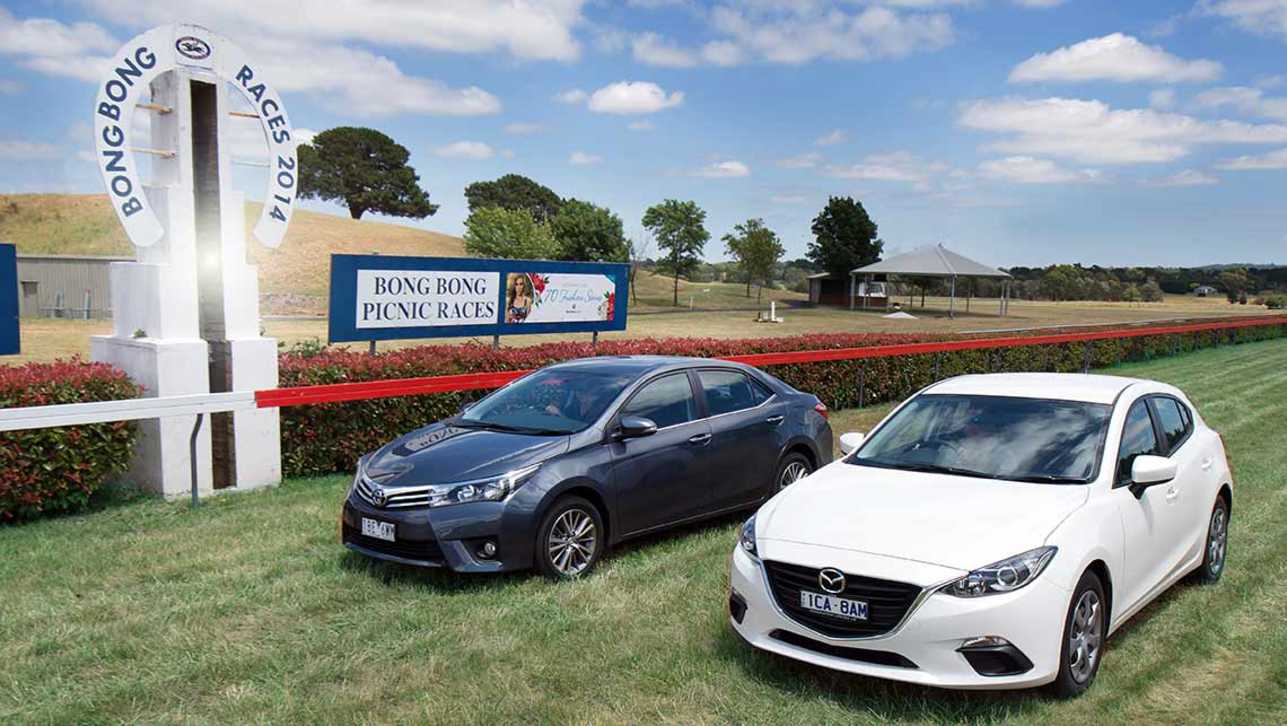

.jpg)


Comments